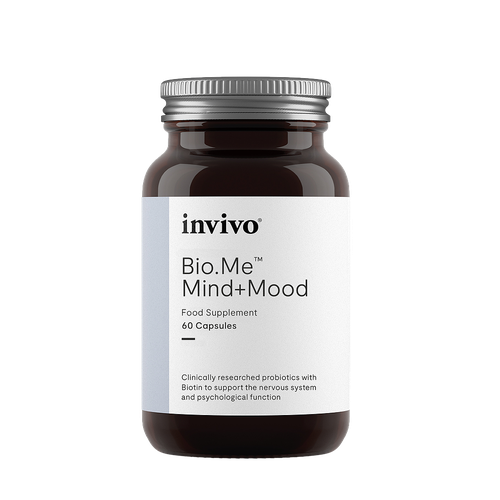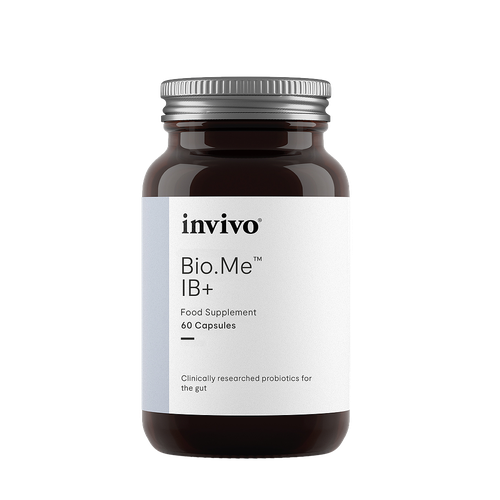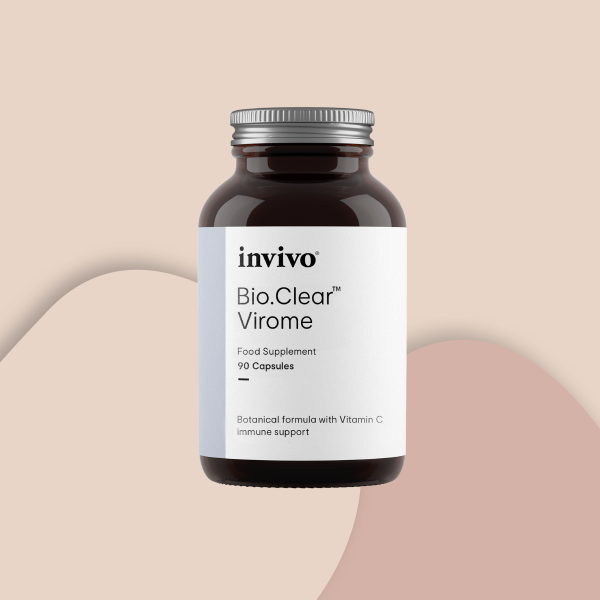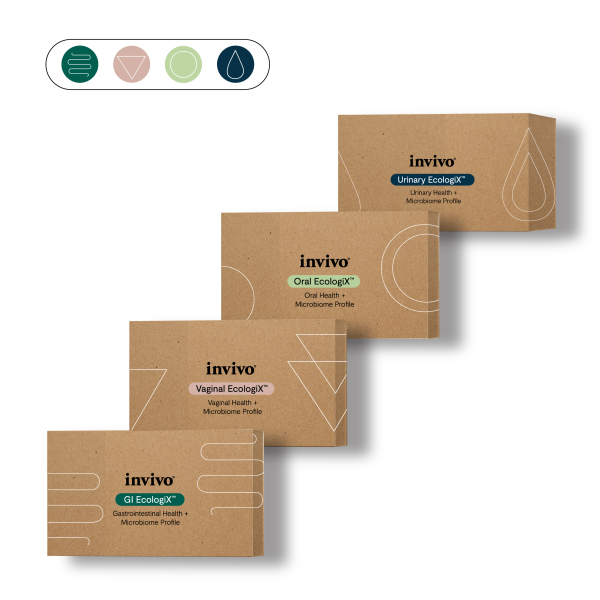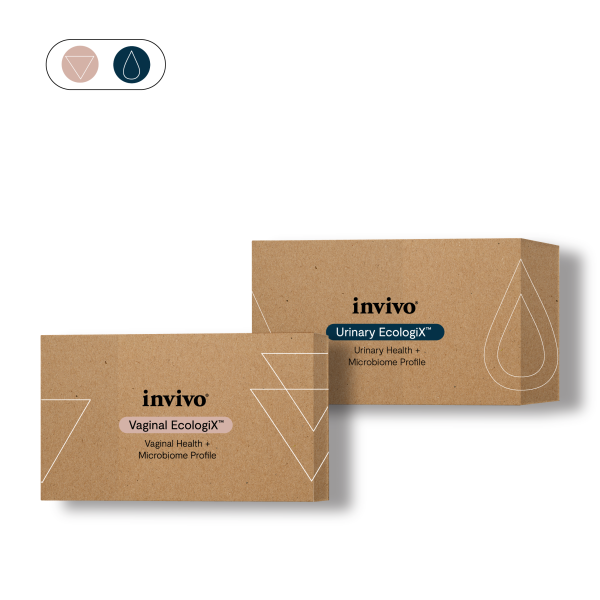Harmonising our human-viral interactions
The personal and global toll of the COVID-19 pandemic is sobering, especially on mental health as summarised in an important article by Professor Sir Graham Thornicroft, Professor of Community Psychiatry at King’s College London1. The emerging problem of coronavirus ‘long-haulers’ is equally concerning2. Amidst all of the upheaval and uncertainty, it is important to take a step back, breathe, and focus on what is within our control. This most certainly includes our nutrition and lifestyle.
Viruses are one of the most abundant entities on earth and represent an important part of the microbial community with which we live in symbiosis, for better or worse. We are exposed to a combination of beneficial and pathogenic strains which can go on to inhabit different parts of our bodies, including our gastrointestinal and respiratory tract. Together they form what is known as our virome3,4. Given the ubiquitous nature of our exposure to viruses, it is vital that we find a way to harmonise the human-viral interaction to facilitate our adaptation to the world that we live in.
In our previous article about optimising immunity, we discussed the importance of supporting our immune system from both the ‘outside-in’ and the ‘inside-out’. This approach is particularly pertinent when it comes to viruses as it helps to make the ecosystem of the human body as resilient as possible to pathogenic viral invasion and replication. In this article, we discuss some of the best-researched natural therapeutics for optimising our endogenous anti-viral defences.
Outside-In
It goes without saying that we must minimise our exposure to viruses through social distancing and personal hygiene to minimise the viral load (amount of measurable virus), which our immune system needs to contend with. We need to go one step further by making it harder for viruses, whether ingested or inhaled, to permeate our membranes (e.g., in the lungs) where they initiate a powerful immune response and symptoms of illness. We can achieve this by ensuring that we have a robust system of mucosal and epithelial barriers, ready on standby, at each point of entry into the body, namely the oral cavity and gastrointestinal, reproductive, and respiratory tracts. A fundamental starting point is optimisation of the microbiotas, and structure of the barriers, in these different parts of the body using a synergistic combination of prebiotics, probiotics, and micronutrients.
The likes of vitamin A, C, D, and zinc are heavily discussed in relation to how they support systemic immunity against viruses, but they deserve an equal amount of attention for their role in shoring up our barrier defences. Vitamin A, D, and zinc can improve the integrity of the gut and lung epithelial barrier, for example, by upregulating epithelial cell differentiation and tight junction proteins5–9. Vitamin C can also support tight junction function, as well as enhance synthesis of collagen, a vital raw material for the structure of the epithelial barrier10. Vitamin A and zinc support the function of the mucosal barrier too by increasing its composition of secretory IgA (SIgA)11 and anti-microbial peptides12, respectively.
The anti-viral potential of these trusty micronutrients, together with prebiotics and probiotics, needs to be fully harnessed. It is therefore gratifying to see that vitamin C, D, and zinc are receiving well-deserved mainstream attention in light of the COVID-19 pandemic13–15 and that the conversation is growing around the promise of microbiome modulation too16,17.
Inside-Out
Research continues to highlight the plethora of risk factors that can increase the chance of severe viral infections, not least COVID-19. These range from micronutrient insufficiency, especially vitamin C, D, and zinc, to gut dysbiosis18, poor metabolic health (e.g. obesity, blood glucose dysregulation)19, sleep apnoea20, and mental health issues21. Improving such parameters through nutrition and lifestyle increases immune resilience at a deep level. It is also clinically beneficial to complement such systemic immune support with targeted nutraceuticals, shown to directly reduce pathogenic viral loads and efficiently modulate the innate and adaptive immune system against viruses.
Andrographis
Andrographis (Andrographis paniculata) is a herb indigenous to tropical regions, especially India and Sri Lanka, with a strong history of traditional use for immunity22. Momentum is building within the research community about the immune significance of Andrographis. In a recent review of 33 randomised clinical trials (n=7,175), it was found to improve coughs and reduce sore throat and overall symptoms and duration of acute upper respiratory tract symptoms23. As such, it was mentioned in the 2019 National Institute for Health and Care Excellence (NICE) guidelines as a promising over-the-counter remedy for the management of coughs, while helping to combat the growing issue of anti-microbial resistance caused by excessive use of antibiotics. Results are also awaiting from a recent clinical trial run in the NHS in conjunction with Southampton University on the use of this herb to manage sore throats, coughs, and colds. Unsurprisingly, it is currently being discussed for its utility in light of the COVID-19 pandemic as well24,25. Andrographis has various anti-viral modes of action, including the ability to block the binding of several influenza viruses to cells, thus inhibiting their ability to replicate26.
Echinacea
Various Echinacea species such as E. angustifolia and E. purpurea have a history of use in traditional and contemporary medicine for immune support, particularly against viruses. An in vitro study from 2009 demonstrated its ability to inhibit replication of the influenza virus, including seasonal strains that cause the flu and strains of highly pathogenic avian and swine influenza viruses27. In turn, a meta-analysis in 2015 (n=2,458) found that the use of Echinacea extracts was associated with a reduced risk of recurrent respiratory infections and that increased dosing during acute infection conferred additional benefits28.
L-Lysine
L-lysine is an essential amino acid with a well-recognised ability to confer protection against viruses, specifically the herpes simplex virus which is a common cause of facial cold sores and genital sores. Replication of the herpes virus requires an adequate supply of another amino acid, arginine. L-Lysine competes with arginine in the body and thus, helps to starve herpes virus replication. In doing so, L-lysine supplementation, ideally alongside a low-arginine diet, may help to prevent an outbreak and reduce the severity of symptoms in some individuals, particularly when a higher dosage is taken acutely29.
Medicinal Mushrooms
Medicinal mushrooms are another promising anti-viral tool. This is a class of fungi shown to elicit benefits for human health following consumption, including for the immune system. Medicinal mushrooms include well-researched species such as Cordyceps spp., Hericium erinaceus (lion’s mane mushroom), Lentinula edodes (shiitake), Trametes versicolor (turkey tail mushroom), Grifola frondosa (maitake mushroom), Poria cocos (Indian bread mushroom), Agaricus blazei (royal sun agaricus), and Ganoderma lucidum (reishi)30. Reishi, for example, has been proposed as a promising anti-viral given its inhibitory effect on HIV-1, herpes simplex virus type 1 and 2, hepatitis B, and vesicular stomatitis virus31. Various other medicinal mushrooms have the potential for inhibiting viral replication and reducing the pathogenic viral load, as well as enhancing the cellular and humoral immune response to infection, including Cordyceps spp.32.
Given the viral challenge we face, it is imperative that we learn to co-exist with viruses, even the pathogenic strains, by shoring up our anti-viral immune defences. Natural interventions hold great promise in this regard in both a preventive and acute scenario, whereby higher dosages can be helpful during the case of active infections. Furthermore, given the ever-changing nature of viruses due to their considerable capacity to mutate, and the fact that there is still so much to learn about them, it is imperative to adopt a big picture, ecosystem approach to supporting immunity to increase the chance of safe and effective support. Thankfully, nature has provided us with just the tool kit required to face this challenge.
